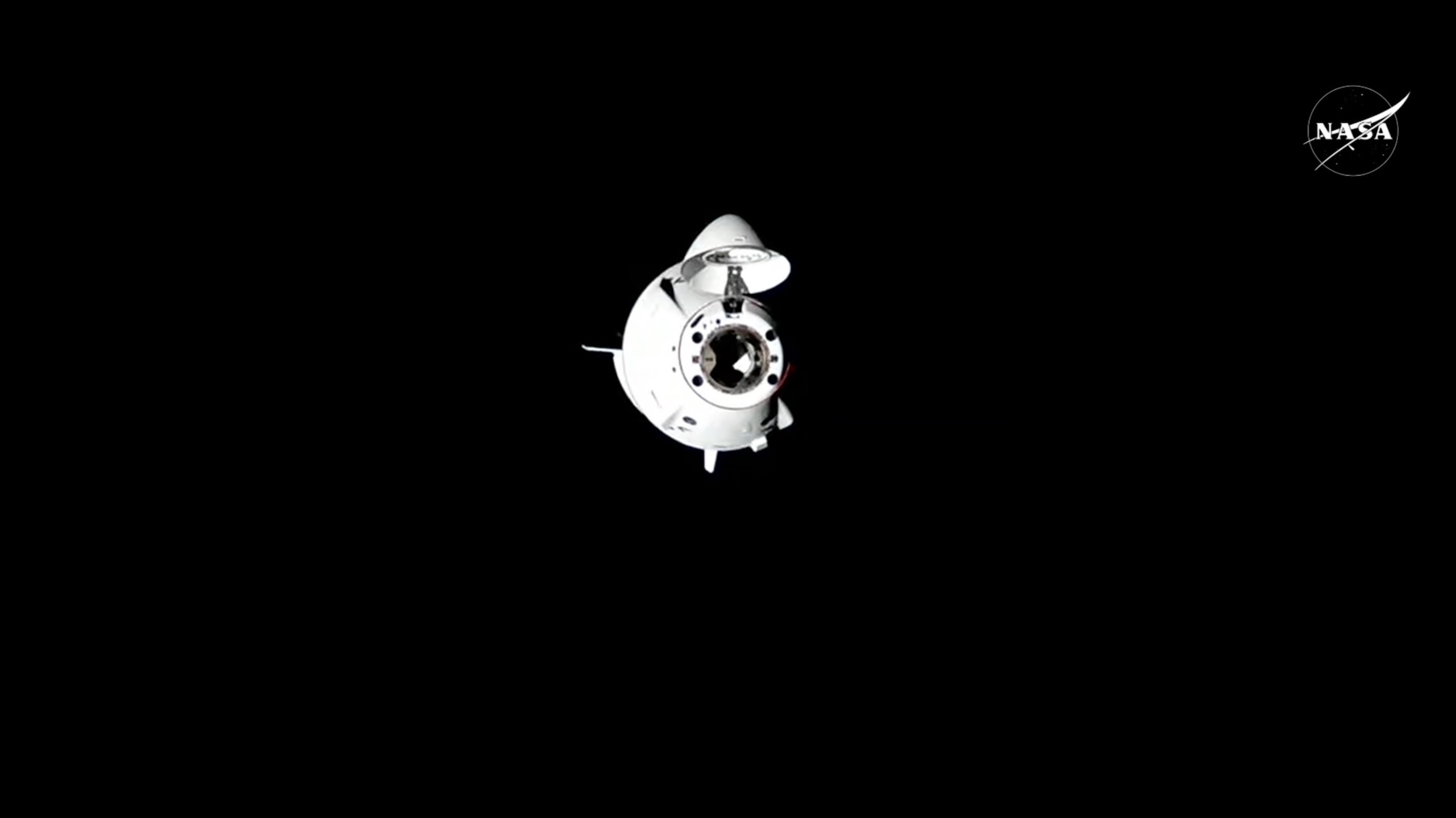Here's Why NASA's InSight Will Land on a 'Boring' Part of Mars

NASA is just days away from plopping its robotic geoscientist, the Mars InSight lander, onto the surface of the Red Planet — but if all goes smoothly, the explorer won't have much of a view to enjoy.
Scientists on the $850 million project very carefully targeted where they wanted the lander to touch down, settling on an ellipse-shaped section of a feature called Elysium Planitia, a large volcanic plain located a little north of the Curiosity rover's home.
The team considered two key criteria as they decided where to place the lander. The first is safety. Landing on Mars is always a challenge because of the planet's thin atmosphere, so the InSight team wanted a patch of fairly flat land to reduce the risk of the three-legged robot toppling over at touchdown.
The second factor, of course, is science. It's particularly important that the landing site meet the team's research needs since InSight is a lander and can't move itself around the Martian surface: Where it lands is where it will learn.
That meant the location needed to be able to accommodate InSight's instruments, especially the probe that will hammer itself 16 feet (5 meters) below the surface in order to measure the planet's below-ground temperature.
Other constraints included someplace warm and sunny enough to keep InSight's electronics happy, and to let its two large, circular solar power arrays create enough energy to keep the robot going.
From an initial menu of 22 potential landing sites, the InSight team decided that only three were strong candidates, and of those, Elysium Planitia stood out as being flattest, without too many rocks or gusts of wind to potentially upset the lander. And so it earned itself a Mars landing, with the InSight team drawing up an ellipse 81 miles (130 kilometers) long and 17 miles (27 km) wide for the spacecraft to target come Monday.
Breaking space news, the latest updates on rocket launches, skywatching events and more!
Assuming all goes well during the crucial 6 minutes of entry, descent and landing, InSight will then set to work, first unfurling its solar arrays to soak up the sun, then unpacking its instruments to start cracking the secrets of the interior of Mars.
Email Meghan Bartels at mbartels@space.com or follow her @meghanbartels. Follow us @Spacedotcom and Facebook. Original article on Space.com.
Join our Space Forums to keep talking space on the latest missions, night sky and more! And if you have a news tip, correction or comment, let us know at: community@space.com.

Meghan is a senior writer at Space.com and has more than five years' experience as a science journalist based in New York City. She joined Space.com in July 2018, with previous writing published in outlets including Newsweek and Audubon. Meghan earned an MA in science journalism from New York University and a BA in classics from Georgetown University, and in her free time she enjoys reading and visiting museums. Follow her on Twitter at @meghanbartels.
